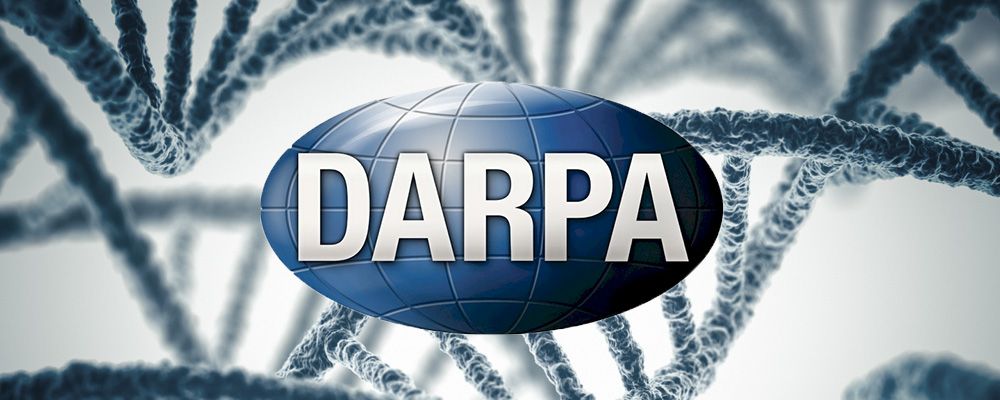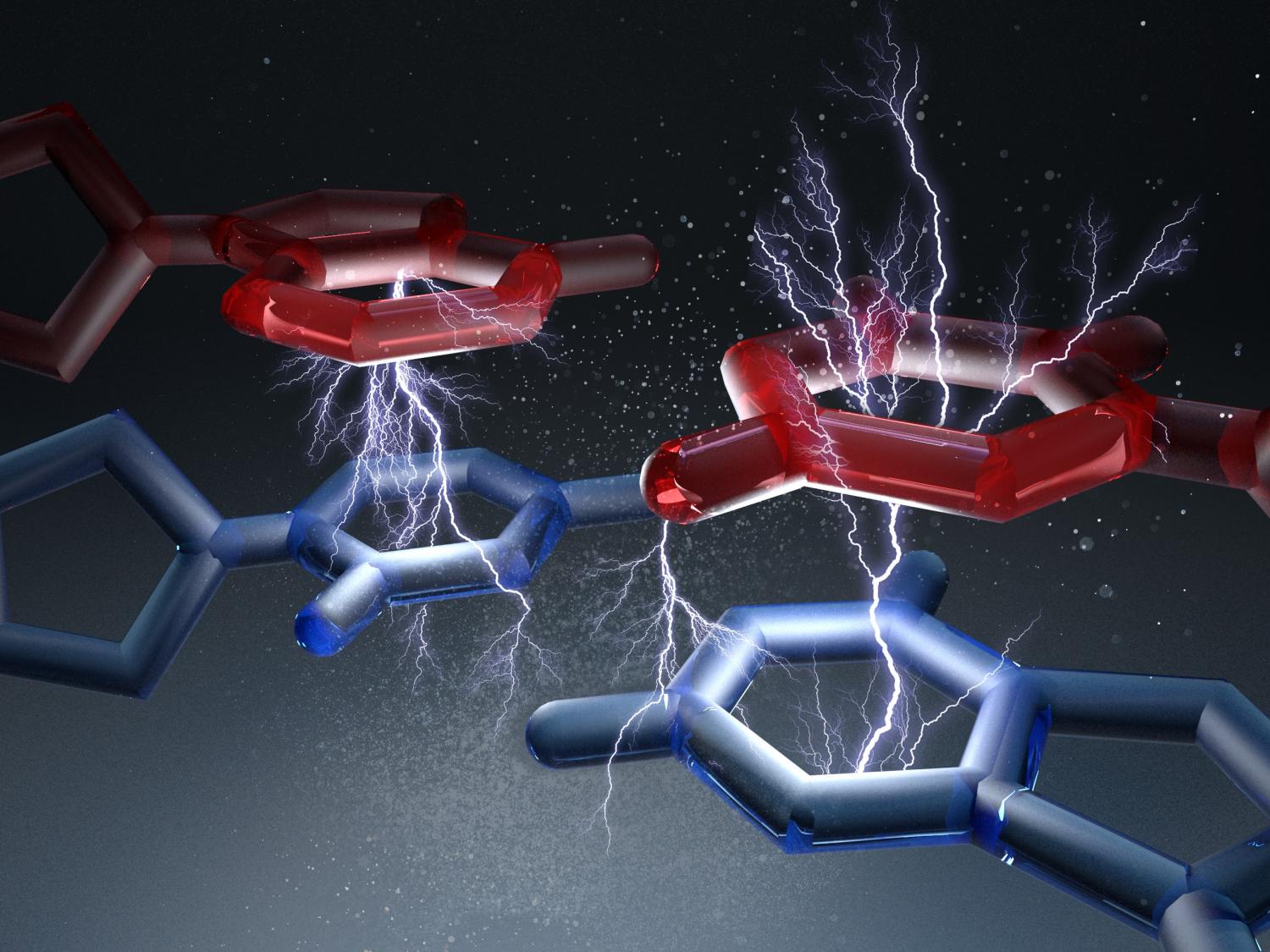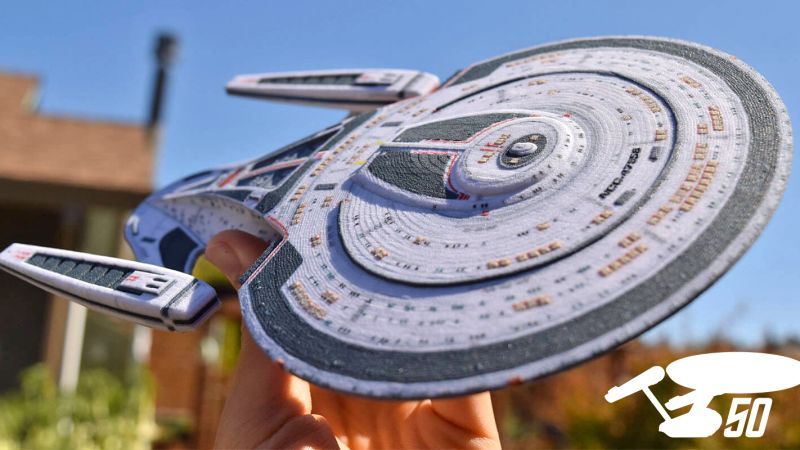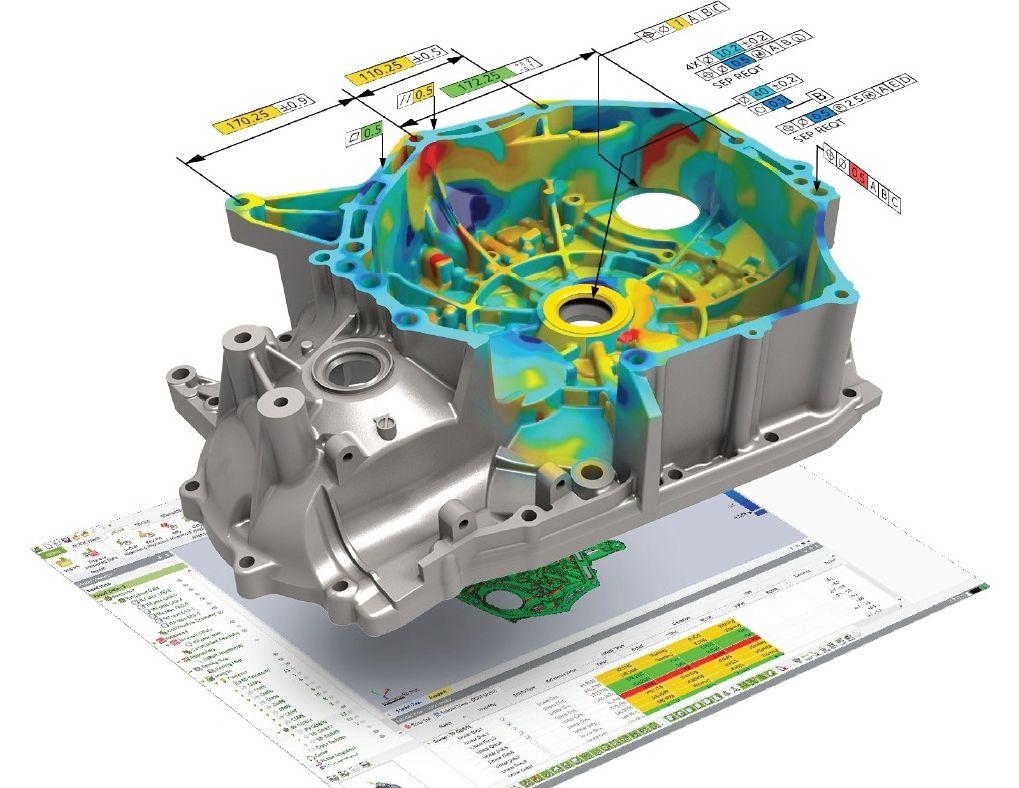Page 10898
Sep 8, 2016
Bacteria supply their allies with munitions
Posted by Karen Hurst in category: nanotechnology
Many bacteria possess molecular spear guns, which they fire at enemies and rivals, thus putting them out of action. The tips of these nano-spear guns, known as Type VI secretion system (T6SS), are loaded with toxic molecules that lead to death of their adversaries. However, sometimes close related bacteria come under fire. The team of Prof. Marek Basler, infection biologist at the Biozentrum of the University of Basel, has shown for the first time, that in contrast to their enemies the harpooned sister cells actually profit from the attack: After a T6SS injection, they are able to reuse specific proteins to produce their own spear guns. Thus the related bacterial strains help each other to enlarge their arsenal of weapons and to fight their competitors.
Bacteria harpoon their opponents — and their allies.
The T6SS is firmly attached to the bacterial cell envelop. The tiny spear with a sharp tip is surrounded by a flexible sheath. “When bacteria fire their spear guns, the sheath rapidly contracts in just a few milliseconds and ejects the spear out of the cell into by-standing bacteria,” says Basler describing the mechanism. “The attackers then recycle the harpoon proteins remaining in the cell.” In this maneuver, the bacteria also hit related bacterial strains that do the same as the attackers: They disassemble the harpoon into their protein components and reuse these for new T6SS assembly.
Continue reading “Bacteria supply their allies with munitions” »
Sep 8, 2016
Measuring forces in the DNA molecule
Posted by Karen Hurst in categories: biotech/medical, genetics
DNA, our genetic material, normally has the structure of a twisted rope ladder. Experts call this structure a double helix. Among other things, it is stabilized by stacking forces between base pairs. Scientists at the Technical University of Munich (TUM) have succeeded at measuring these forces for the very first time on the level of single base pairs. This new knowledge could help to construct precise molecular machines out of DNA. The researchers published their findings in the journal Science.
Over 60 years ago, the researchers Crick and Watson identified the structure of deoxyribonucleic acid, which is more commonly known as DNA. They compared the double helix to a rope ladder that had been twisted into a spiral. The rungs of this ladder consisted of guanine/cytosine and thymine/adenine base pairs. But what keeps the DNA strands in that spiral structure?
Sep 8, 2016
Carbon Nanotube Transistors Twice As Efficient As Silicon, Study Shows
Posted by Karen Hurst in categories: computing, nanotechnology, particle physics
![]()
Scientists at the University of Wisconsin-Madison have shown for the first time that transistors fashioned out of carbon nanotubes are actually twice as efficient as regular silicon varieties. This comes after decades of research regarding how carbon nanotubes can be used to design the next generation of computers. Speaking about the breakthrough, recently published in the Science Advances journal, Michael Arnold, a member of the team, said:
Making carbon nanotube transistors that are better than silicon transistors is a big milestone. This achievement has been a dream of nanotechnology for the last 20 years.
Continue reading “Carbon Nanotube Transistors Twice As Efficient As Silicon, Study Shows” »
Sep 8, 2016
An AI upgrade for your brain, Elon Musk teases the Neural Lace
Posted by Karen Hurst in categories: Elon Musk, nanotechnology, neuroscience, robotics/AI, space travel, sustainability
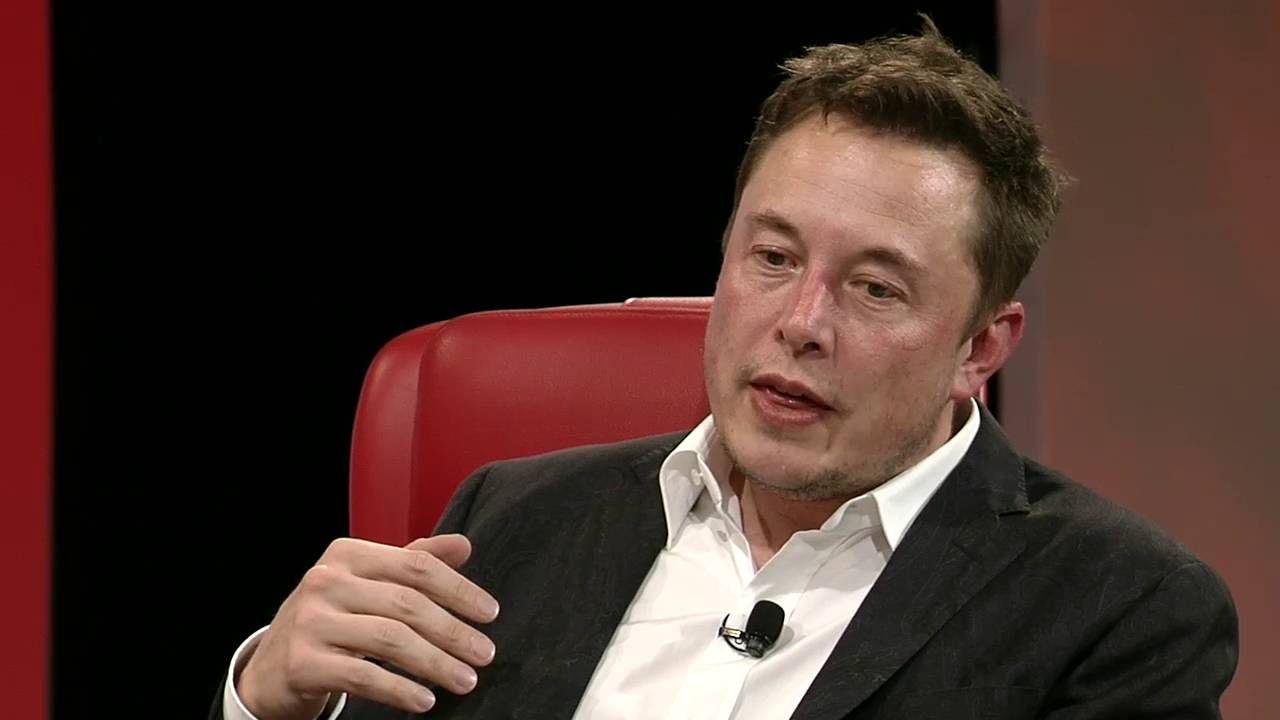
Worried that AI’s one day could make us their pets Elon Musk is teasing a new brain-hacking tech
There’s no doubting that Elon Musk is one busy guy. Whether he’s trying to land on Mars with SpaceX, running Tesla, buying SolarCity, investing in the future of AI, building Giga factories or throwing out Hyperloop concepts for fun but it’s increasingly apparent that he’s giving a huge amount of thought to the day when advanced AI’s become the most intelligent form of “life” on the planet.
Continue reading “An AI upgrade for your brain, Elon Musk teases the Neural Lace” »
Sep 8, 2016
It’s time we empower everybody with biotechnology
Posted by Karen Hurst in categories: biotech/medical, education
Sep 8, 2016
Neuroscience: Linking perception to action
Posted by Karen Hurst in categories: futurism, neuroscience
Not surprised by these findings.
A UC Santa Barbara researcher studying how the brain uses perception of the environment to guide action has a new understanding of the neural circuits responsible for transforming sensation into movement.
“Mapping perception to a future action seems simple,” UCSB neuroscientist Michael Goard. “We do it all the time when we see a traffic light and use that information to guide our later motor action. However, how these associations are mapped across time in the brain is not well understood.”
In a new paper, published in the journal eLife, Goard and colleagues at the Massachusetts Institute of Technology make progress in mapping brain activity in mice during simple but fundamental cognitive tasks. Although a mouse’s brain is much smaller than a human’s, remarkable structural similarities exist. The mouse brain is composed of about 75 million nerve cells or neurons, which are wired together in complex networks that unerlie sophisticated behaviors.
Sep 8, 2016
Build Your Own Starfleet With These Customized 3D-Printed Star Trek Ships
Posted by Karen Hurst in categories: 3D printing, space travel
Ever wanted your own Starship Fleet designed by you? Well, now you can have it.
In Star Trek Online, aspiring captains can take the helm of one of more than 400 different ships that can be further personalized with custom color schemes, materials, shields, and capabilities. And now thanks to Eucl3D, a 3D printing company, those ships can be brought into the real world.
Sep 8, 2016
There’s a New Xerox Machine in Town, And It Can 3D Print on Any Object
Posted by Karen Hurst in categories: 3D printing, futurism
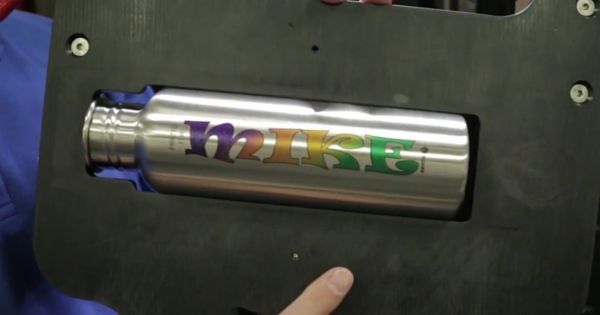
https://youtube.com/watch?v=3Qf_nYeYHk8
Nice.
Xerox has just demoed its latest printer—the Direct to Object Inkjet Printer—that is capable of printing on any 3D object there is.
Continue reading “There’s a New Xerox Machine in Town, And It Can 3D Print on Any Object” »
Sep 8, 2016
3D Systems Releases New 3D Inspection Capabilities with Geomagic Control X Software
Posted by Karen Hurst in categories: 3D printing, biotech/medical, business
“Geomagic Control X is by far the most intuitive and powerful inspection software we have ever used,” said James Earl, Managing Director, OR3D. “We are excited for the improvements this software will bring to our customers.”
This software update is available to all active customers of 3D Systems’ Maintenance Program.
About 3D Systems 3D Systems provides comprehensive 3D products and services, including 3D printers, print materials, on-demand manufacturing services and digital design tools. Its ecosystem supports advanced applications from the product design shop to the factory floor to the operating room. 3D Systems’ precision healthcare capabilities include simulation, Virtual Surgical Planning, and printing of medical and dental devices as well as patient-specific surgical instruments. As the originator of 3D printing and a shaper of future 3D solutions, 3D Systems has spent its 30 year history enabling professionals and companies to optimize their designs, transform their workflows, bring innovative products to market and drive new business models.
